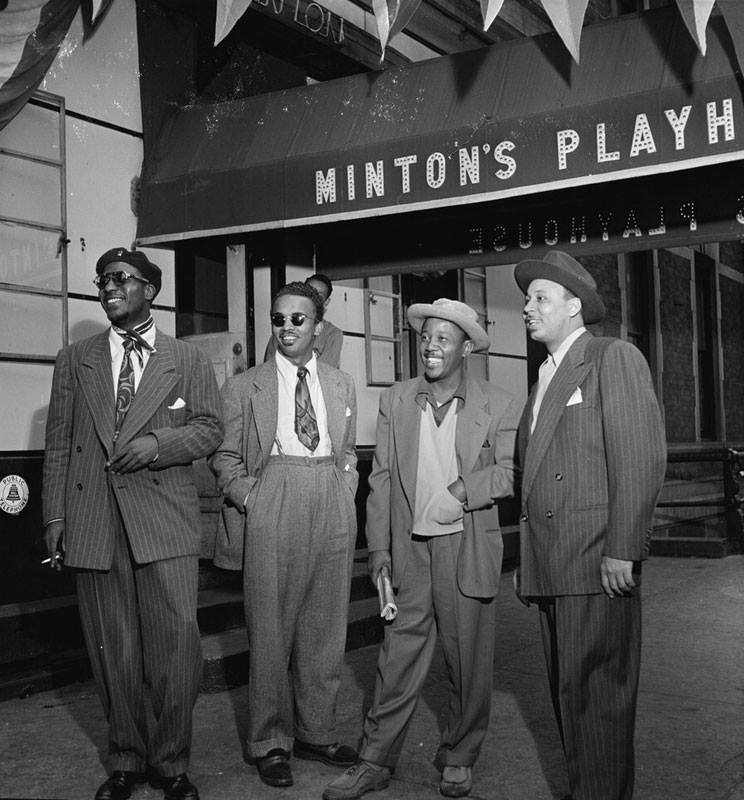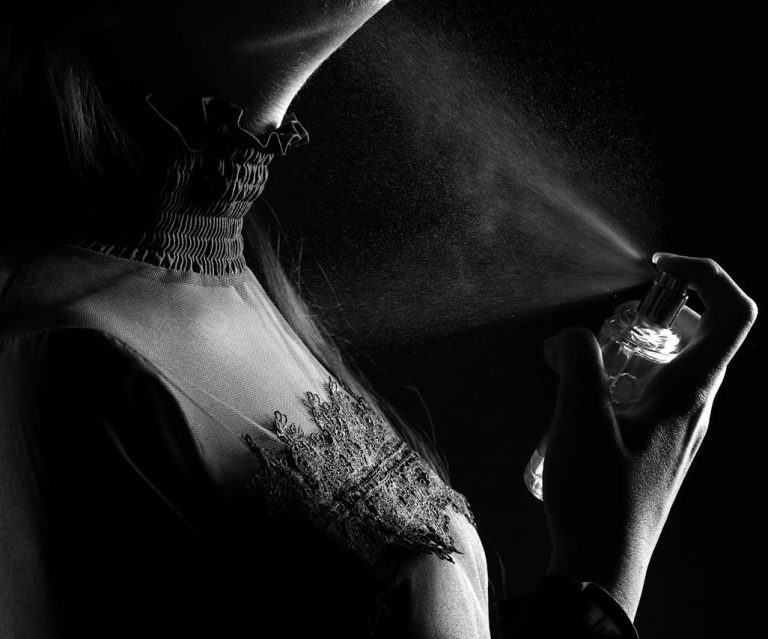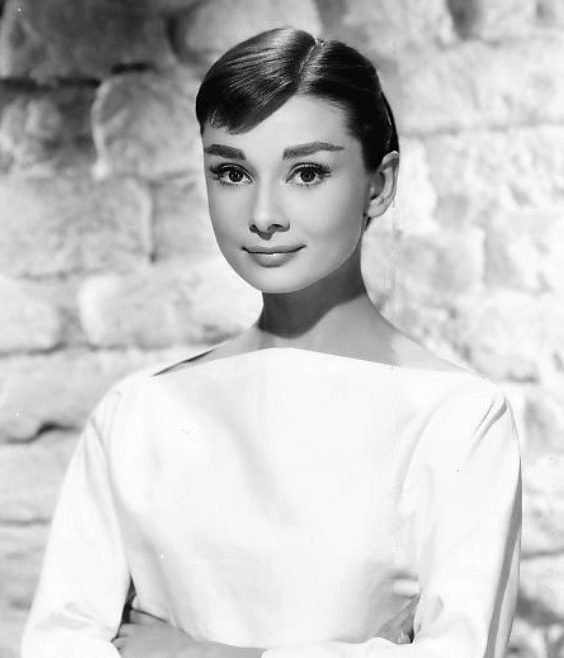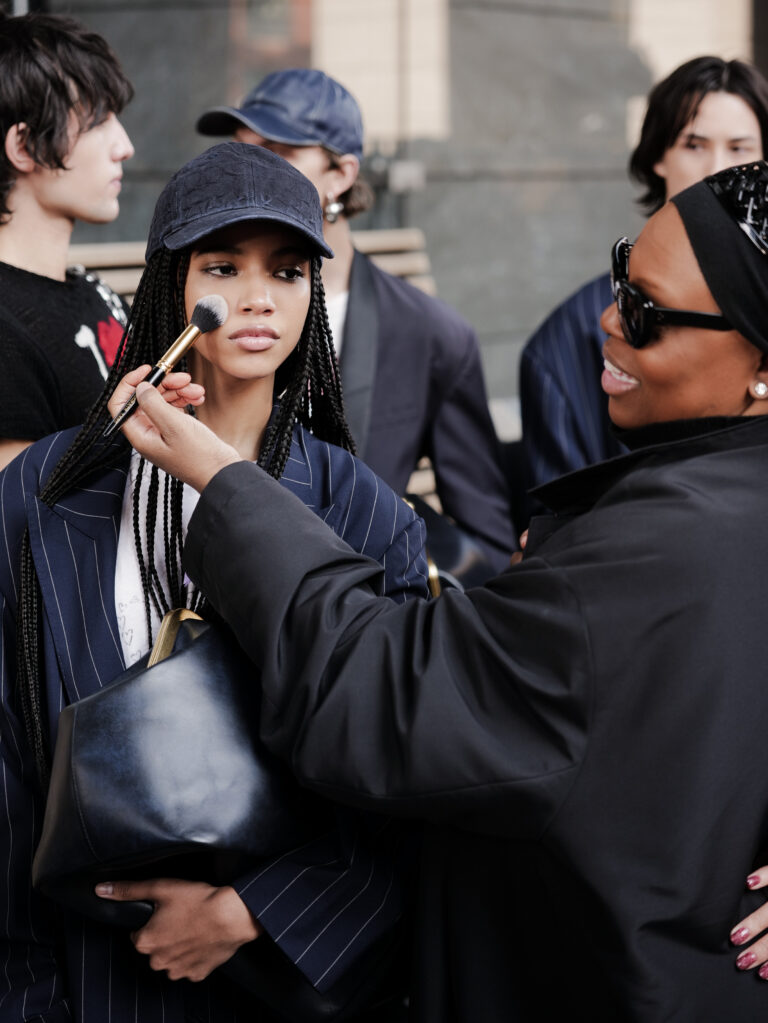Every first Monday in May, the Metropolitan Museum of Art in New York opens its doors for the Met Gala—a legendary charity ball, the proceeds of which support the Costume Institute. Millions of viewers worldwide follow the red carpet, and celebrities’ looks become the main topic of discussion on TikTok and in fashion communities. In 2025, the dress code “Tailored for You” was inspired by the museum’s exhibition “Superfine: Tailoring Black Style,” dedicated to African American style. At the heart of the event were Black dandies and their influence not only on the fashion industry but also on the cultural and social life of the Black community.
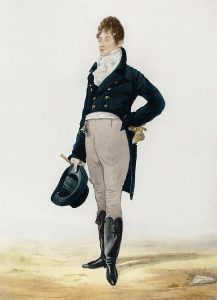
George Brummell
Classic Dandyism: Fashion as a Philosophy of Life
Dandyism emerged in Britain at the turn of the 18th and 19th centuries as a reaction to the opulence of aristocratic fashion during the Regency era. It was not merely a style but a philosophy of life, blending elegance, wit, and refinement. The word “dandy” initially carried an ironic tone but soon became synonymous with aestheticism.
The icon of dandyism was George Brummell. He rejected the ostentatious attire of aristocrats, introducing a fashion for sharply tailored suits, intricate tie knots, and impeccable personal hygiene. A true dandy was a charismatic intellectual, a master of witty conversation. Among notable dandies were poet Charles Baudelaire, writer Oscar Wilde, and Edward VIII, Duke of Windsor, whose style in the 20th century became a benchmark for male elegance.
Dandyism was not only an aesthetic but also a social phenomenon. Young men from the middle class used it to stand out in a society dominated by the aristocracy. For many, dandyism was a rebellion against bourgeois mediocrity and a way to assert their individuality.
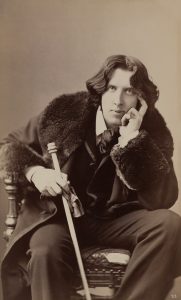
Oscar Wilde
Black Dandyism: Style as Resistance
Black dandyism arose in the 18th and 19th centuries as a response to racial oppression in the Caribbean, the United States, and Britain. Its roots trace back to the era of slavery, when Black people faced brutal dehumanization. The clothing of enslaved people was plain and degrading. In the 18th century, figures such as Ignatius Sancho—a London-based writer and composer—and Julius Soubise—a socialite and fencer—paved the way for Black dandyism, challenging racist stereotypes.
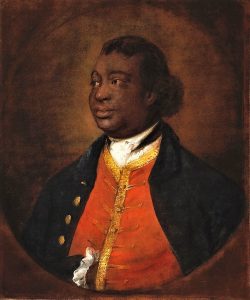
Ignatius Sancho
After the abolition of slavery in the United States in 1865, Black people continued to fight discrimination. Free Black individuals in cities like New Orleans, Philadelphia, and London began using fashion as an act of resistance. Black dandies crafted impeccable looks, blending European elegance with African aesthetics: vibrant fabrics, patterns, beads, and expressive accessories. Their style was a statement: “We are not who you think we are.”
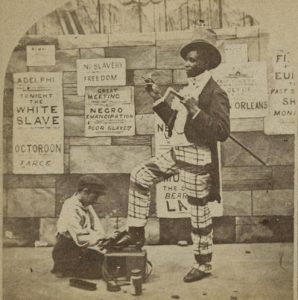
The true flourishing of Black dandyism came in the early 20th century during the Harlem Renaissance. The Great Migration brought millions of Black Americans from the South to northern cities like New York, where they created new cultural and economic opportunities. Harlem became the epicenter of African American culture, and prominent creative figures such as Langston Hughes, Zora Neale Hurston, and Josephine Baker led a movement celebrating Black talent.
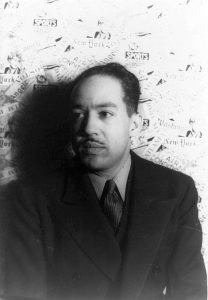
Langston Hughes
Black dandyism is more than fashion—it is a powerful political and cultural phenomenon. From an act of resistance against racial oppression, it has evolved into an inspiration for generations. From Ignatius Sancho in the 18th century to the stars of the Harlem Renaissance and modern style icons, Black dandies have proven that clothing can be a voice proclaiming dignity and talent.
